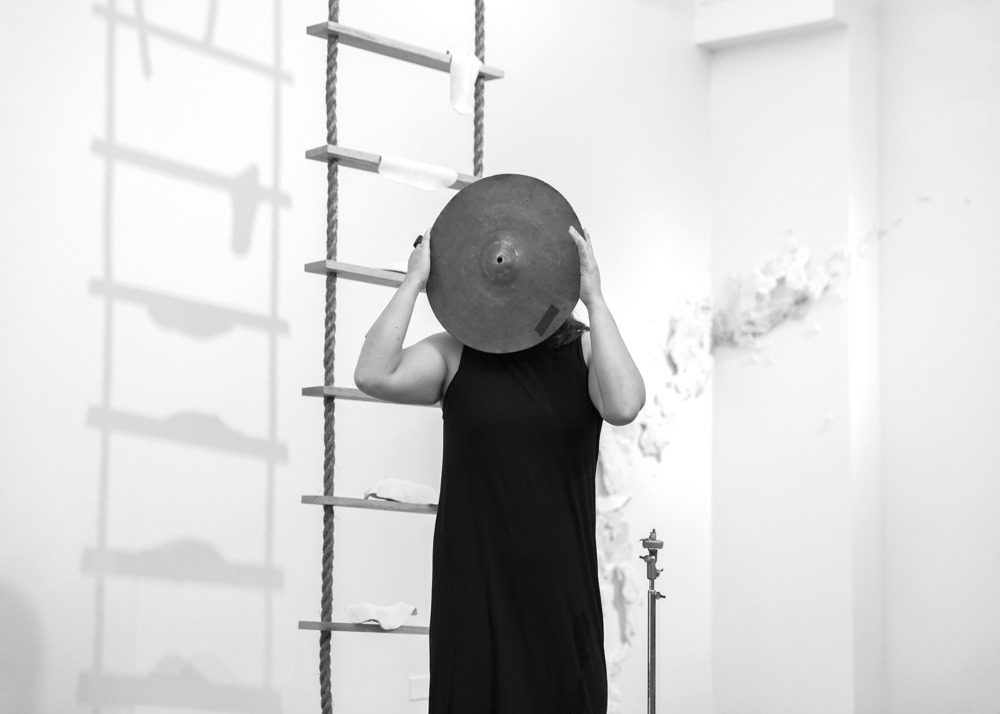
BUSCANDO A MARINA / LOOKING FOR MARINA
first performed on September 14, 2019
Bronx River Art Center, New York, NY
performed three times in 2019
JEAN CARLA RODEA
Brooklyn, NY / Mexico City, Mexico
148016186t148016186h148016186e148016186m148016186u148016186s148016186i148016186c148016186w148016186e148016186a148016186r148016186e148016186@148016186g148016186m148016186a148016186i148016186l148016186.148016186c148016186o148016186m
jeancarlarodea.com
BUSCANDO A MARINA / LOOKING FOR MARINA
JEAN CARLA RODEA
“Buscando a Marina / Looking for Marina” is a vocal performance incorporating lecture, poetry, sound, and movement that explores intersections between history, ritual, transmission of knowledge, spirituality, and technology. It seeks a deeper understanding of the life of a Nahua woman known as “La Malinche,” an interpreter, advisor, and intermediary who played a key role in the so-called Spanish conquest of the Aztec Empire. Marina (the name she was given after being baptized) shared, transmitted, and mediated knowledge between native peoples—of what today is known as Central Mexico—and the Spanish conquistador Hernán Cortés. This woman’s story is often frowned upon since she is considered a traitor. I argue that she was actually a highly skilled politician who set in motion resistance practices by challenging euro-centric roles assigned to women. Her story has tremendous potential to contest and disrupt normative, biased narratives regarding gender and transmission of knowledge.
The work consists of a vocal performance that includes extended technical vocalizations and poetry. It also features audio which is comprised of a pre-recorded soundscape using analog and digital synthesizers and field recordings. During the performance, I walk slowly toward a folded textile on the floor. I perform task-oriented movements such as unfolding the textile which contains bells, ceramics, a microphone, and sticks. I arrange the objects along the soundscape. I vocalize guttural sounds, phonemes, and musical scales that eventually morph into a lecture-like poem about Marina’s names and her story. I also play a cymbal, wear it as a mask, and use it as a monoscope to see the audience. The cymbal becomes the tool of a seer. The performance concludes when I interact with a sculptural installation: a ladder representing mobility which is suspended parallel to a vertical wall but its bottom twists in an odd angle. On several steps, tongue-like ceramics rest precariously.
The poetics of the work are the outcome of a research-based practice. I visit architectural spaces in Central Mexico where, according to “official” records, Marina was physically present. I am looking for fragments of her presence in these spaces.
In a time of conflict, Marina was a politician who aided with more than mere translation. While some consider her a traitor there is no evidence that she rejected her people. On the contrary, Marina—a visionary—was committed to the future of all peoples.